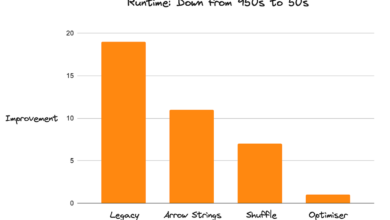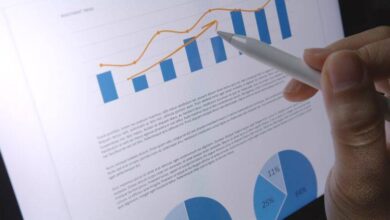Step By Step Guide to Business Analytics in 2024

Step-by-step guide for mastering Business Analytics strategies and techniques in 2024
In the ever-evolving landscape of business, analytics has become the cornerstone of strategic decision-making. As we step into 2024, the ability to analyze and interpret data is not just a skill but a necessity for businesses aiming to thrive in a competitive market. This comprehensive guide provides a step-by-step approach to mastering business analytics in the current year.
Step 1: Understanding the Basics
Before diving into the complex world of business analytics, it’s crucial to grasp the fundamentals. Business analytics involves examining data to uncover insights that can inform business decisions. It’s a blend of skills, technologies, practices, and applications to explore an organization’s data and performance, aiming to gain insights and drive business planning.
Step 2: Acquiring the Right Tools
The second step is to familiarize yourself with the tools of the trade. In 2024, the market is brimming with software and platforms designed to aid in data analysis. From data collection and integration tools to predictive analytics and machine learning tools, selecting the right set of tools is pivotal for effective analytics.
Step 3: Data Collection and Integration
Gathering data is the foundation of business analytics. In this step, you’ll learn how to collect data from various sources, including internal systems, social media, and market research. Integrating this data into a centralized system is essential for a holistic view of business performance.
Step 4: Data Exploration and Preparation
Once the data is collected, the next step is to explore and prepare it for analysis. This involves cleaning the data, dealing with missing values, and ensuring its quality. Data exploration helps in understanding the patterns and trends that lie within the data.
Step 5: Data Analysis and Modeling
With the data ready, it’s time to move on to analysis and modeling. This step involves applying statistical methods and algorithms to the data to identify patterns, correlations, and causal relationships. Predictive modeling can also be used to forecast future trends.
Step 6: Data Visualization and Reporting
Sharing research results can be effectively done with data visualization. In this step, you’ll learn how to use visualization tools to create charts, graphs, and dashboards that make complex data understandable briefly. Reporting involves summarizing the insights and presenting them in a way that’s actionable for decision-makers.
Step 7: Insight Interpretation and Action Planning
The penultimate step is interpreting the insights derived from the data. This requires a deep understanding of the business context to translate data findings into strategic actions. Planning involves deciding on the steps to take based on the insights to achieve business objectives.
Step 8: Implementation and Monitoring
The final step is to implement the action plans and monitor their outcomes. This involves setting up processes to apply the insights in real-world scenarios and tracking the impact on business performance. Continuous monitoring allows for adjustments and improvements to be made over time.
Continuous Learning and Adaptation
Business analytics is a dynamic field, and staying updated with the latest trends and technologies is crucial. Continuous learning through courses, workshops, and industry events is essential to keep your skills sharp and your knowledge current.
Networking and Community Engagement
Engaging with the business analytics community can provide valuable insights and opportunities for collaboration. Joining forums, attending conferences, and participating in discussions can help you stay connected with peers and industry leaders.
The journey through business analytics is both challenging and rewarding. By following this step-by-step guide, you’ll be well-equipped to navigate the complexities of data and harness its power to drive business success in 2024. As the field continues to grow, those who master the art of analytics will find themselves at the forefront of business innovation.
This article serves as a roadmap for individuals and organizations looking to enhance their business analytics capabilities in 2024. By following these steps, you can build a strong foundation in analytics and contribute to data-driven decision-making in your business endeavors.





![How to Add Data Analysis In Excel: The Best Guide [2024 Edition] – Simplilearn How to Add Data Analysis In Excel: The Best Guide [2024 Edition] – Simplilearn](https://europeantech.news/wp-content/uploads/2024/06/Data_Types_In_MongoDnbv-390x220.jpg)
